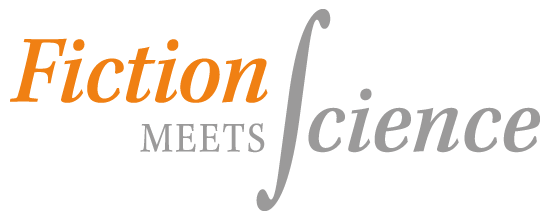5c Narrating Science as a World-making Activity: Sea Level Change in Singapore
Since the Tsunami wave hit South and Southeast Asia in December 2004, dystopian images of flash floods and rapidly eroding coasts increasingly form part of science narratives put forth in novels and science journalism. This especially holds for writers in island Southeast Asia, a region predicted to be especially affected by global mean sea level rise, further exacerbated by coastal erosions, sudden strong winds, rainfall, respective wave development and coastal flooding (Hijioka et al. 2014). Yet, the question to which qualitative degree and how these science narratives and the images of rapidly changing coastal futures portrayed also inform policy-making so far remains to be answered. Against this background, this project will trace narratives of sea level change from popular science novels and science journalism (documentaries on TV and in print) to the national-level policy-making sphere of Singapore. The small island-state in Southeast Asia thus serves as experimental study ground for following, and documenting the use of, sea level change narratives into the policy-making realm of the nation state.
By means of the ethnographic “follow-the-moving target” methodology (cf. Hornidge et al. 2014, 2011), the project assesses how distinct argumentative currents and scientific narratives are mobilized in discursively and communicatively constructing imaginaries of a sea level change challenged future, which in turn legitimate Singaporean policy making in relation to coastal protection and early warning systems. It is thus the aim to qualitatively assess how, to what degree and in which shapes science narratives told in the realm of popular culture and science journalism enter the discourses, logics and reasoning put forth in the political realm with the aim to guide political decision-making. Adopting a sociology of knowledge-approach to discourse (Keller 2011a, 2011b), the project traces these narratives discursively and ethnographically, following them from the sphere of popular culture (sea level change related science novels) and respective science journalism to the realm of national policy making (government programs, action plans, policies). In doing so, it regards the narratives as world-making activities (in Goodman’s understanding, 1978; later also taken up by Arjun Appadurai). The narratives through which science is being communicated (i.e. in The Hungry Tide by Amitav Ghosh) are studied in the ways they guide actors (in Weber’s understanding) in shaping everyday life. Possible research questions are then, how certain narratives about sea level change, coastal erosion and protection influence (science) policy-making or the organization of a social movement via the actors involved. The activity of “narrating science” thus is studied as a mode of managing/shaping the interface between science and the public.
